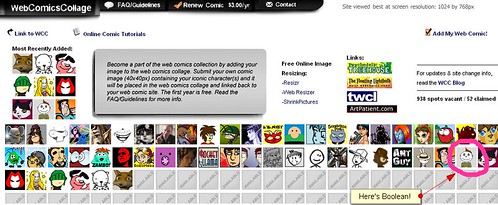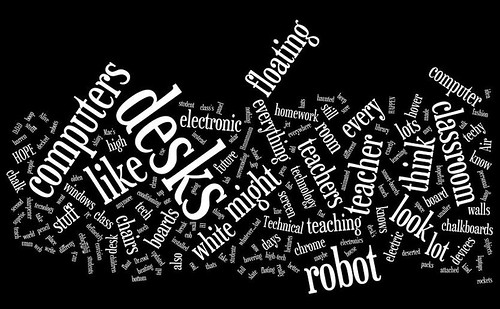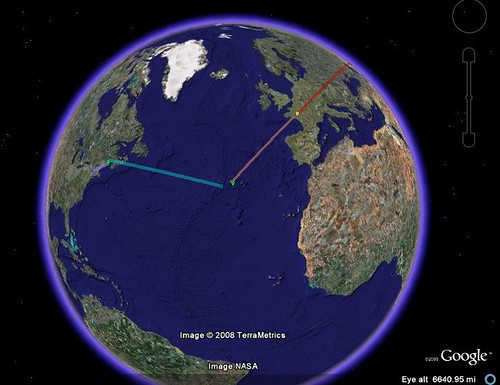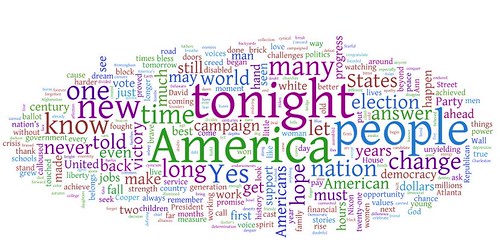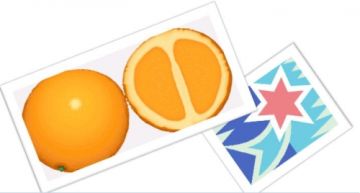The annual Edublog Awards (known as The Eddies) are underway again this year. No, it is not part of the Edublogs blogging network (although James is graciously offering up some of his Campus blogging suites as prizes). It’s a way to recognize some of the outstanding blogging that is going on. What I like is that when the actual voting takes place, you can follow the links to the nominees and discover all new worlds of blogs out there.
I struggled with nominations, but here are a few:
- Best Resource Blog: I love Two Writing Teachers, which is a place to reflect on writing practice and also, to write as teachers. Ruth and Stacey really bring a passion to what they do and are so willing to share their best practices — you can’t go wrong. (Another blog that is a must-see is Larry Ferlazzo, but I am hoping that others will nominate him — actually, I am sure of that).
- Best Individual Blog: I love to read Matt Needleman’s Creating Lifelong Learners, which shows us how to think about video and audio in the classroom — not as an add-on, but as part of the curriculum itself. This is so important and Matt has some great insights. In fact, I think his K12 Online presentation was the best one that I viewed this year. I learn a lot from Matt.
- Best Group Blog: OK, so I have written for this one from time to time, but TeachEng.us is a great resource for the English classroom. The lesson plan and ideas run the gamut from elementary to high school classrooms. Plenty of good teaching ideas here.
- Best use of Social Networking: Although I have been absent from discussions there (sorry), the Fireside Chat network is a place of rich discussions that move beyond the day to day of teaching and education. Connie has established a warm and inviting place to connect with others.
- Best use of Audio: I think Teachers Teaching Teachers continues to develop as an outstanding home for quality discussions and topics, and the podcasts are a great way to stay informed and keep up to date on what is happening in the worlds of education, writing and technology.
- Best New Blog: I like what Bill Gaskins is doing over at his Blogging on the Bay. He offers up reflections and insights and shows by example. I hope the teachers in his network are following his lead and moving deeper into technology integration.
- Best Use of Video: I love what George Mayo is doing with video in his classroom, and how his students are becoming real movie producers of small movies. (Oh, my class is joining his stop-motion project). George is a real leader in collaborative projects.
That’s all I got for now.
(I hope you will nominate some of your favorite blogs, too. Go here for more information).
Peace (in resources),
Kevin

